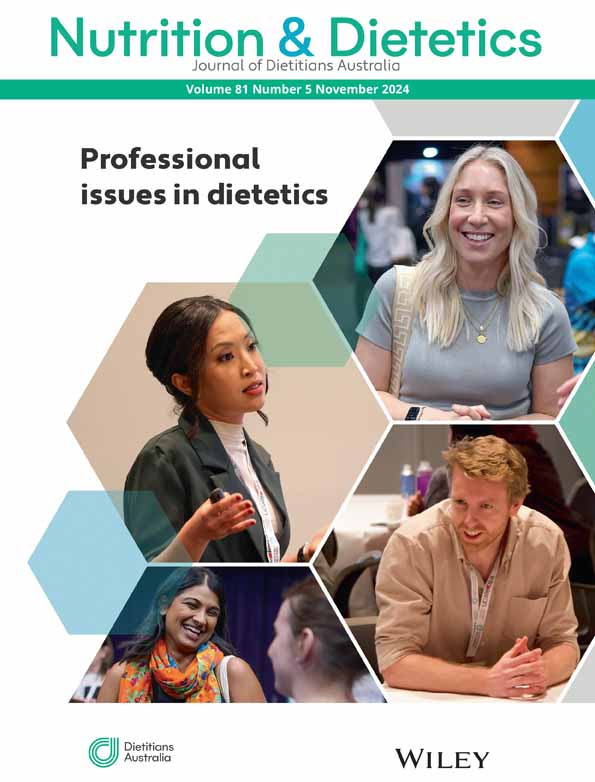The test–retest reliability and validity of food photography and food diary analyses
Abstract
Aims
To assess test–retest reliability of both food photography and food diary methods and validity of these data against known values derived from food labels.
Methods
Test–retest reliability analyses of food diary and food photography were compared using single foodstuffs using intra-class correlation coefficients, coefficients of variation, and limits of agreement. For food diaries, 24-h test–retest reliability was also examined. Validity was assessed against weighed analyses. As part of habitual intake, a single foodstuff (randomly allocated from 14 common foods) was consumed by 26 participants over 24-h. On two occasions (14 days apart), single-blind dietary analyses allowed estimation of foodstuff-specific energy and macronutrient content and 24-h intakes.
Results
For food diaries, test–retest reliability was acceptable (weight, energy, carbohydrate, protein, and fat: all intra-class correlation coefficients: >0.990, coefficient of variation percentage: <0.1%, limits of agreements: <0.1 to <0.1, p > 0.05, and effect size: <0.01). For food photography, test–retest reliability was acceptable for weight, energy, carbohydrate, and protein (all intra-class correlation coefficients: >0.898, coefficient of variation percentage: 3.6%–6.2%, limits of agreements: 1.1 to – 44.9, and effect size: 0.01–0.12). Food photography validity was worse than food diaries for all variables (percentage difference: 8.8%–15.3%, coefficient of variation percentage: 7.5%–13.8%, all p ≤ 0.05, and effect size: 0.001–0.11).
Conclusions
Greater reliability and validity occurred in food diaries versus food photography. These findings suggest that using food photography may lead to an underestimation of energy and macronutrient content, which may have implications for dietary interventions and nutritional strategies.
CONFLICT OF INTEREST STATEMENT
The authors have no conflicts of interest, financial or otherwise, to declare.
Open Research
DATA AVAILABILITY STATEMENT
The data that support the findings of this study are available on request from the corresponding author. The data are not publicly available due to privacy or ethical restrictions.




